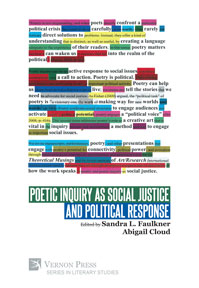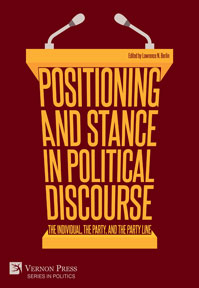Purchase this book
(click here to change currency)
This book continues an exploration begun by Charles Mills and Carole Pateman with their examinations of the nuisances of the Western social contract. The work examines the social contract within the variable of space or proximity and incorporates concepts first proposed by Benedict Anderson, that of concepts of shared communal belonging or imagined. The social contract is explored as a dynamic sociopolitical instrument that is influenced by the context of human interactions, specifically, space. Space or proximity exists as a variable, either increasing interactions and challenging sociopolitical norms, or decreasing interactions and reinforcing sociopolitical norms. We can trace proximity within a sociopolitical model, with connections becoming more and more abstract as proximity increases and group membership becomes more abstract — global, global region, nation, religion, ethnicity, national region, city, town/village, and kin. We accept that kinship or hereditary connections are the most atomistic. And within this tree of proximity, as proximity increases the ties of group membership become more tenuous, and the incentive of collective action decreases production is the binding glue of the world economic system, and the framework of the study, but it is within the bounds of the productive system that the challenge of proximity and membership collide. The collision occurs as the proximity of production increases, and the reaction is a dynamic response within the social contract, witnessed as a retraction.
List of Figures
List of Tables
List of Maps
Abstract
Introduction
The Constrained Social Contract
The Model
Chapter 1 The Communal Social Contract
Hereditarian Foundations of Elitism
The Western Social Contract Rebranded
The Initial Western Dislocation
Faux Citizenship the Racial and Feminist Contract
Conclusion
Chapter 2 America & the Communal Contract
What Makes the United State Different?
Conclusion
Chapter 3 American Federalism
Rural verse Urban
States’ Rights—The United States Constitution to Jim Crow
The Progressive Age
States’ Rights—The Great Depression to Insurrection
Conclusion
Chapter 4 American Labor and the Constrained Double Movement
King Cotton
The Rise of American Unions: The Gilded Age
The Union Shop Movement Within the Captured State
The Wagoner Act & Quasi-Equilibrium
Labor and the Party of Dixie
Conclusion
Chapter 5 Proximity, Nationalism, Globalization, & the Dynamic Social Contract
Owners’ Equity & the Invisible Worker
Conclusion
Chapter 6 Proximity and the Racial Contract
The American Racial Contract Explained
Proximity “The Racial Threat Hypothesis”
The Politics of the Racial Contract
The Social Basis of Proximity and the Racial Contract
Conclusion
Postscript
References
Index
Andre Smith is Assistant Professor of Political Science at Fayetteville State University. He studies political institutions and political theory. He previously authored the work, The 'American Untouchables: America and the Racial Contract', which is an institutional examination of American institutions within the guise of the racial contract.
Political Theory, Political Geography, Racial Contract, & Political Institutions
See also
Bibliographic Information
Book Title
The Dynamic Social Contract: An American Case Study
ISBN
978-1-64889-714-6
Edition
1st
Number of pages
152
Physical size
236mm x 160mm

![The Dynamic Social Contract: An American Case Study [Paperback]](/file/20708/b9e1ada9bed215adfed53687baa2ba93/1684773715.jpg)






